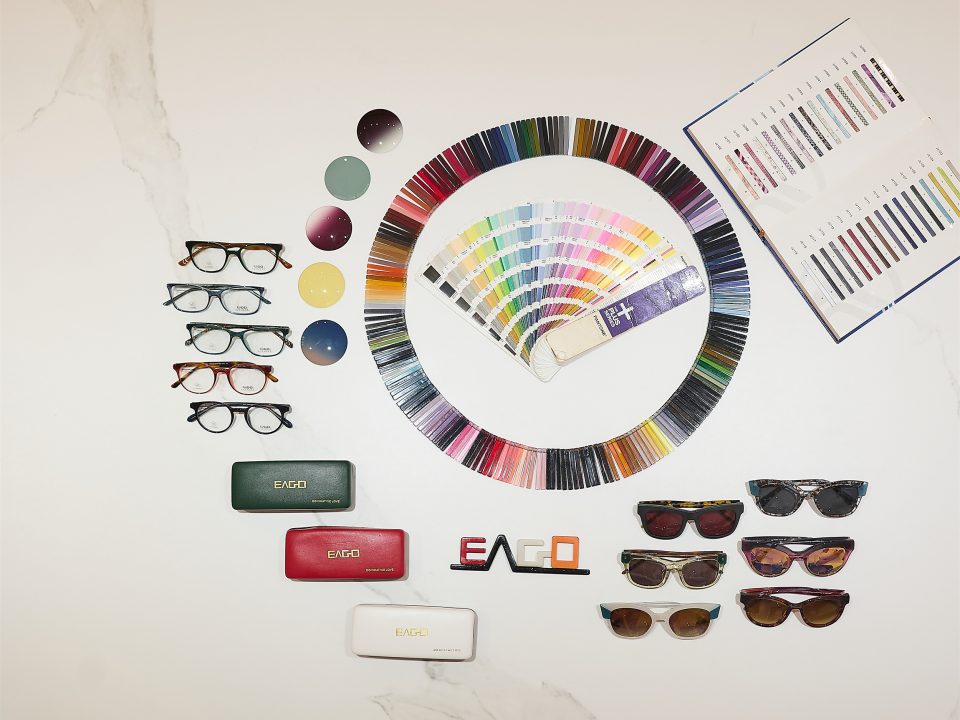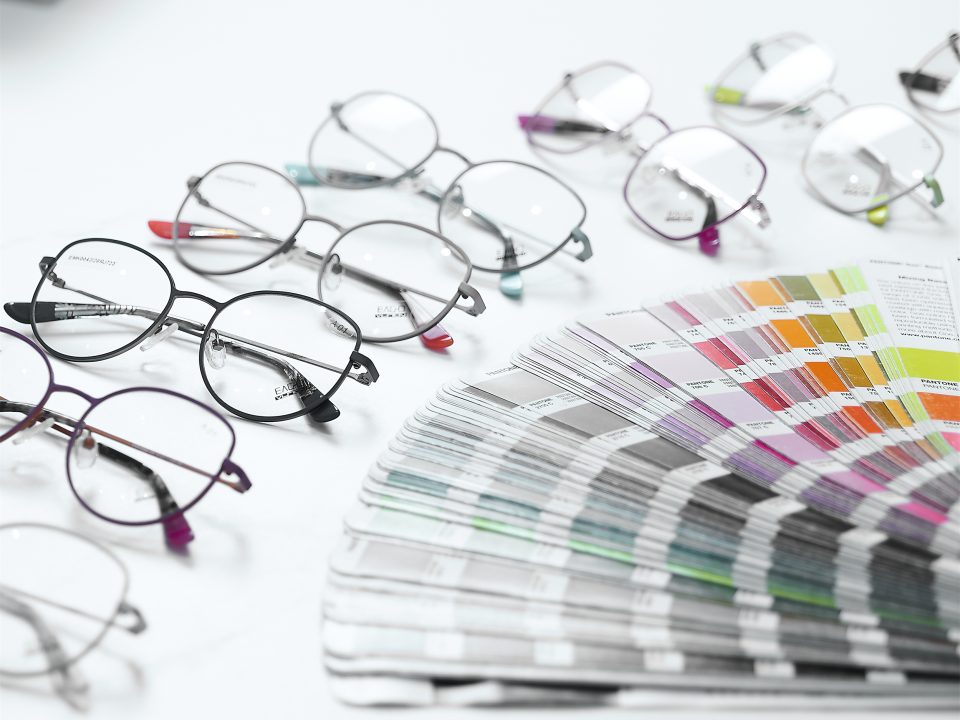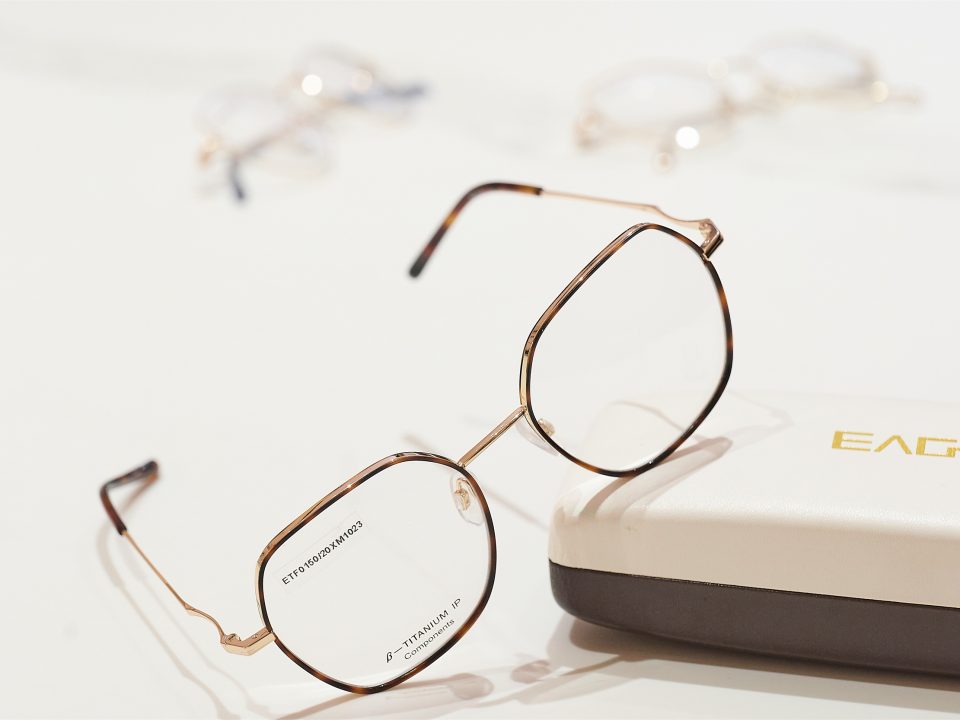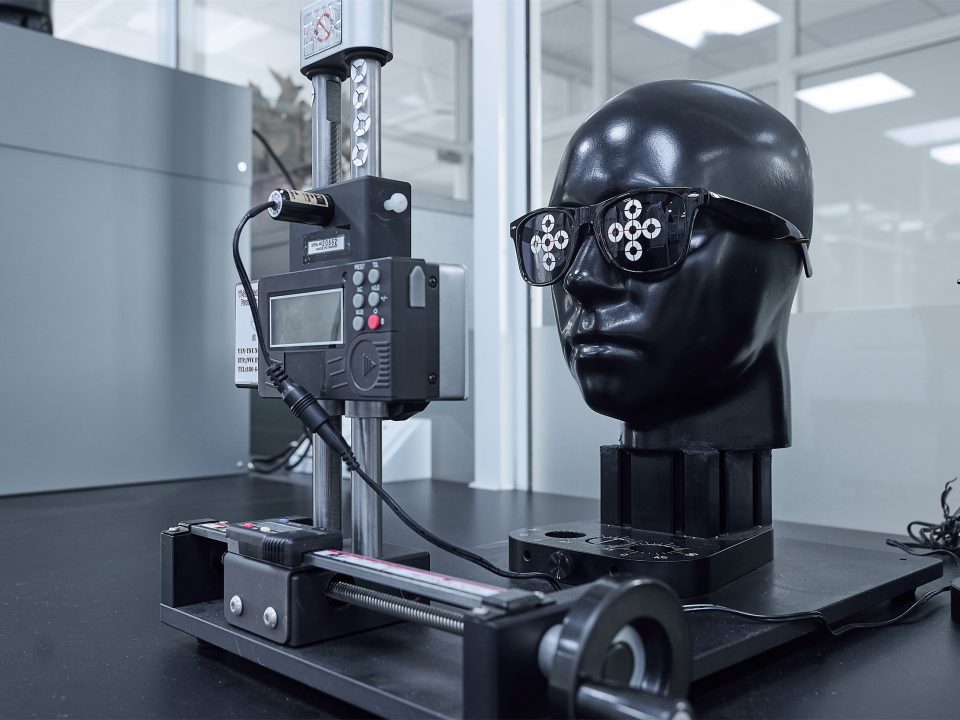Recent advancements in eyewear technology have given you more alternatives for vision correction and clarity. These few lens innovations are altering the way that a lot of people see the world.
DIMS lenses
Specialized glasses called Defocus Incorporated Multiple Segments (DIMS) lenses correct eyesight and reduce the onset of myopia. In order to appropriately focus light coming from the sides onto the retina, these multifocal lenses defocus peripheral vision while correcting central vision. This lessens the gradual myopia-related eyeball lengthening.
Blue light filters are another feature on certain anti-myopia glasses that help lessen eye strain from digital gadgets.
Digitally surfaced lenses
Digitally surfaced lenses represent a significant advancement in lens technology. Constructed with a computer-controlled diamond-point lathe cutter, they provide a level of accuracy and personalization that is not achievable with conventional techniques.
Your eyesight will be sharper and clearer with these lenses since they lessen optical aberrations. Within 1/100th of a diopter of your prescription, they may be polished. Digital surfacing also makes it possible to create customized lens designs with a larger field of vision and improved visual clarity, such as progressive and freeform lenses.
Photochromic lenses
The ability of photochromic lenses to adjust to changing light makes them appealing. They darken in the sun and become transparent inside because they contain unique components that respond to UV radiation.
These lenses give UV protection to safeguard your eyes from damaging rays, combining the features of prescription glasses and sunglasses into one. Certain high-tech photochromic lenses have swift changes, so even in constantly changing light, the visual experience is smooth.
Omnifocals
To deal with nearsightedness and farsightedness, your grandparents likely wore bifocal lenses, which have two parts in a single frame. They needed some time to become used to moving between the two areas.
Lenses that are omnifocal are unique. Light is bent by a unique liquid crystal in its single smooth lens. These lenses have a processing unit that adjusts focus according to how far away the object is. As a result, switching between various visual modes is easier and requires less concentration on certain regions of the lens.
Blue Light Blocking Lenses
There is a lot of concern about blue light exposure due to the prevalence of digital devices. Reducing eye strain and improving sleep quality are two benefits of using blue light-blocking glasses. These lenses filter out the damaging blue light that screens emit. Because they provide both comfort and protection, these lenses are quickly becoming a need for screen users.
Prescription Lens Customization
Thanks to technological advancements, making personalized prescription lenses is now a breeze. Precise personalization according to your visual requirements and prescription is now possible with the help of digital mapping and 3D printing. By doing so, you may be certain that you will get optimal comfort and vision correction, elevating your experience overall.
Biometric Sensors
Glucose, blood pressure, and heart rate are just a few of the vitals that modern eyeglasses can monitor. Wearers and healthcare providers alike may benefit greatly from the data collected by these sensors. Those who want to take a more proactive approach to managing their health or who suffer from chronic diseases may find this technology very helpful.







